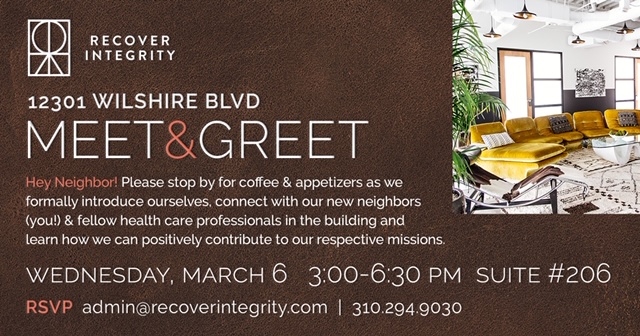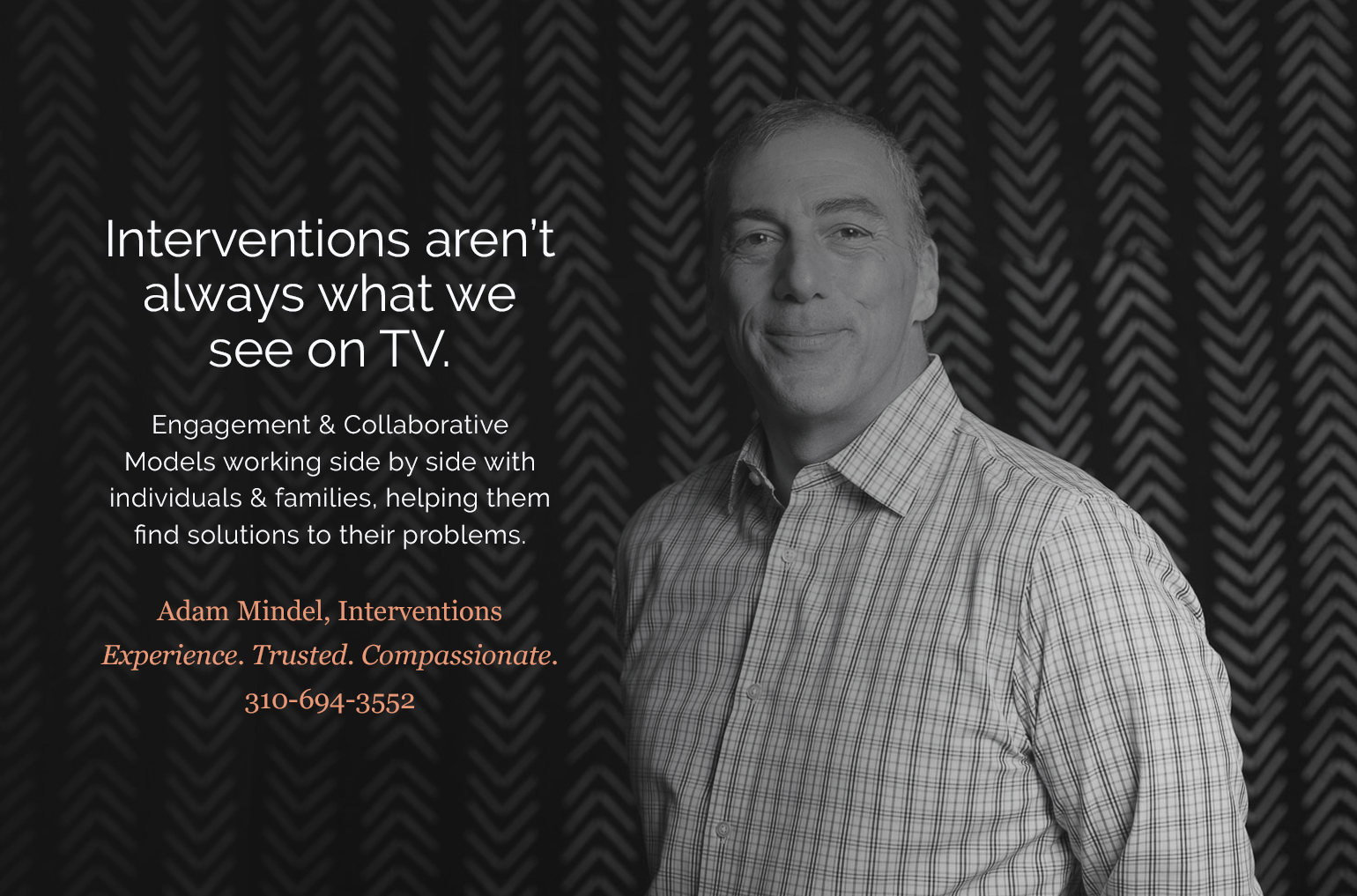The opioid epidemic and alcohol addiction have affected millions of Americans, in fact, most people can say they or someone very close to them, have been touched by the massive consequences of drug and alcohol addiction; with the likelihood of death by opioid overdose officially passing car accident deaths for the first time in 2018. Drug rehab programs provide individualized, expert care for those struggling with drug and alcohol addictions, giving them the platform and foundation to maintain long-term sobriety.
Smaller Sized Programs
Private or luxury drug rehabs tend to have smaller, more individualized programs.
Anonymity
At a larger facility, it is only possible to have a limited amount of privacy. The more people swirling around the patient, the more hesitant the patient may be about opening up about his or her issues. People might find it less intimidating to take the next steps to recovery if they don’t feel overwhelmed by the number of bodies on the premises.
The role of shame
Deciding to go to rehab is humbling. The process is hard. Hard on your body, hard on your soul, hard on your mind. Shame can be an enormous hurdle for those reaching out for help. Even when a person is in a location where everyone else is going through similar circumstances, there can still be a sense of shame associated with being at a rehab facility. The privacy and general comfort of a luxury facility help to ease the tension in the mind, allowing healing to take the forefront. When a participant feels like he or she has room to breathe the impact of shame may be reduced drastically.
In a smaller facility it is easier to connect on a one-on-one basis with other patients. Participants will have the benefit of connecting with his or her peers, developing friendships and a sense of family that will help remove the discomfort of recovery. Additionally, patients also will get to know the staff better, as there will likely be fewer employees present.
Beautiful, Luxurious Environment
Environment Affects Treatment
The serenity that comes with a luxurious rehab facility can greatly affect the effectiveness of the program. If a person who is already uneasy is put in a facility that is stressful, this will only exacerbate the feelings of anxiety that the patient is already experiencing. A lovely nature-filled environment can have an instantly calming effect on someone who has been through months or years of a very difficult addiction.
Comfort | Enduring Long Term Care
Because many patients will need to stay at a treatment center for a long period of time, comfort is of the utmost importance. People undergoing the recovery process will be tempted to return to their addiction over and over again. However, if they are in a new environment that they know will help them feel settled and at ease, they will be more likely to turn to those things that soothe them than to the addiction that has made life so difficult for them.
Amenities
Another aspect of environment is the amenities that are provided. Some of these amenities include mindfulness training activities such as yoga and meditation, which can have extremely positive effects on cognitive functions. Exercise programs are also often provided in a private rehab facility. Exercise has been consistently proven to have positive results, not only on the body, but also on the mind. During aerobic activity, endorphins are released and the stress hormone, cortisol, is reduced. Even the cuisine at a private rehab facility has a re-energizing effect on patients. Those struggling with alcohol and drug addiction will often forgo a healthy diet, and being in a facility that provides balanced and nutritious meals will help restore the physical strength and stamina of the participants. Both exercise and healthy diet can also have a positive effect on self Image, which is crucial so that the patients will believe in their own ability to fully recover.
Individualized Programs
Tailored Treatment Options
Every patient needs a different plan for recovery that fits his or her particular needs and backgrounds. Private facilities ensure that each individual receives this type of tailored and extensive attention. A plan of action that is created specifically to address a patient can help staff to pinpoint things such as triggers, pre-existing psychological conditions and the effectiveness of different treatment options.
Family Input
Because the staff at a rehab facility is only slightly familiar with the incoming patients, they have a lot of catching up to do. They have limited access to a person’s deeply personal information, as a patient might not be comfortable releasing those tidbits to a stranger. Family members who have known the patient for his or her whole life can provide indispensable details that may have otherwise not been revealed. These details can be crucial to the development and updating of a patient’s individual program.
Personalized Attention
In a larger facility, it can be easy for a patient to fall through the cracks or to feel like they are just another number. In a private facility, every patient receives extensive individual attention. The staff becomes very well acquainted with every individual’s particular set of needs. Patients also receive very close supervision from the medical staff, enabling the staff to provide input into problems that are arising during treatment that may be hindering the recovery process.
No waitlist
Large facilities tend to have astronomical waitlists because of the low cost to enter. This can be detrimental to someone who is currently experiencing an addiction. When someone is ready to receive treatment, it is important to strike while the iron is hot, so a waitlist is not an ideal situation to encounter for those who need help immediately. A more costly, private facility naturally limits the number of patients, simply based on the ability to pay, resulting in little-to-no delay in enrollment.
Schedule a 30-min consultation with Yeshaia
Schedule Free ConsultationSchedule Free Consultation
We are Rooted in the Foundation of the 12-Steps and Believe in Long-Term Care
[/vc_column_text][/vc_column][/vc_row]


